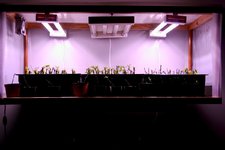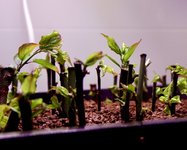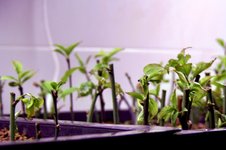Gosh somewhat reluctant to jump into a fertilizer discussion due to past history on this, and certainly not going to debate fertilizer formulations.
Yet credit
@Glaucus for bringing up a good point, but his was only a partial description of the entry points of fertilizer via foliar application.
First let me state the science is complex, rapidly evolving and still not totally investigated thoroughly on some points. Certain nutrients macro vs micro appear to enter more easily. Also certain plants appear to translate foliar feeds more readily. One can expect to see much more ďata in upcoming years
Stomata:
Foliar applications can be absorbed in the stomata. One certain nutrients are effective delivered this way, for example Ca can go into the stomata, yet don’t seem to transport into the trees vascular system. Yet other nutrients N, K, Fe, Mg etc can be delivered this way will.
Opening and closing of the stomata are affected by extreme heat and cold, closing in each situation. This mid morning a later afternoon are better times, with72F being optimal at this time.
Leaf cuticle:
It appears transport occurs more efficiently via the tiny pores in the cuticle, Again some nutrients have a hard time crossing this boundary. Some practitioners feel the waxy cuticles of conifers make this impractical, yet studies of Redwoods appear to indicate otherwise,
Also proper timing and dilution rates are concerns.
Bark:
This is seems to be a relatively newer area of study. Recently data from Redwoods and other trees demonstrated water from fog penetrating the bark readily. Then translocating into a trees vascular system. In fact at certain dry but foggy times of the year this mode of entry can provide a high percentage of water to the tree. Thus another pathway for nutrients.
Again, solid data on which plants do better and which nutrients pass best through the bark appears to be in progress… but it does occur.
For a relatively simple introduction on this topic one might read through this post from the University of Missouri
Foliar feeding has been the subject of much debate in recent years. The practice involves applying water-based fertilizers to the leaves of plants to enhance their nutritional status. Claims of yield increases up to 20 percent have been made based on the assumption that leaves are more efficient...

ipm.missouri.edu
Again I would say the person most up to speed on this topic would likely be
@cmeg1
Cheers
DSD sends




